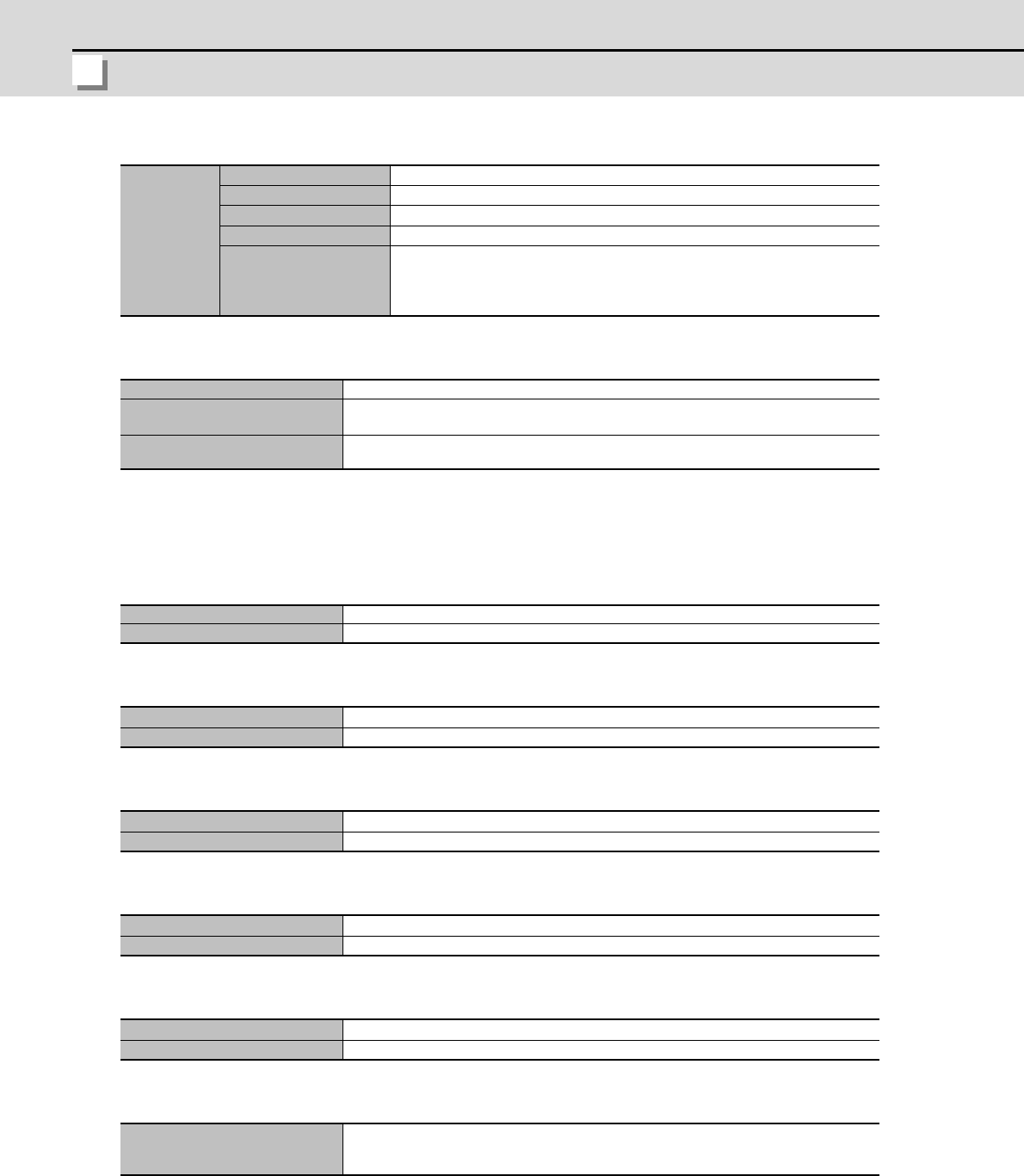
Appendix 2 - 6
Appendix 2 Restrictions for Lithium Batteries
MITSUBISHI CNC
(6) Physical/chemical properties
(7) Stability and reactivity
(8) Toxicological information
As the chemical substance is stored in a sealed metal container, the battery has no harmfulness. Just for
reference, the table below describes the main substance of the battery.
< Lithium metal >
< Thionyl chloride >
< Aluminum chloride >
< Lithium chloride >
< Carbon black >
(9) Ecological information
(10) Caution for disposal
Dispose of the battery following local laws or regulations.
Pack the battery properly to prevent a short-circuit and avoid contact with water.
Appearance
Physical form Solid
Shape Cylinder type
Smell Odorless
pH Not applicable (insoluble)
Boiling point/Boiling
range, Melting point, De-
composition tempera-
ture, Flash point
No information
Stability Stable under normal handling condition.
Condition to avoid
Do not mix multiple batteries with their terminals uninsulated. This may cause a short-
circuit, resulting in heating, bursting or ignition.
Hazardous decomposition prod-
ucts
Irritative or toxic gas is emitted in the case of fire.
Acute toxicity No information
Local effect Corrosive action in case of skin contact
Acute toxicity
Lc
50
: 500ppm (inhaled administration to rat)
Local effect The lungs can be damaged by chronic cough, dyspnea and asthma.
Acute toxicity
L
D50
: 3700ppm (oral administration to rat)
Local effect Not found.
Acute toxicity
L
D50
: 526ppm (oral administration to rat)
Local effect The central nerves and kidney can be influenced.
Acute toxicity
L
D50
: 2,000mg/kg > (rat)
Carcinogenicity LARC group 2 (suspected of being carcinogenic)
Mobility, Persistence/Decom-
posability, Bio-accumulation po-
tential, Ecological toxicity
Not found.


















